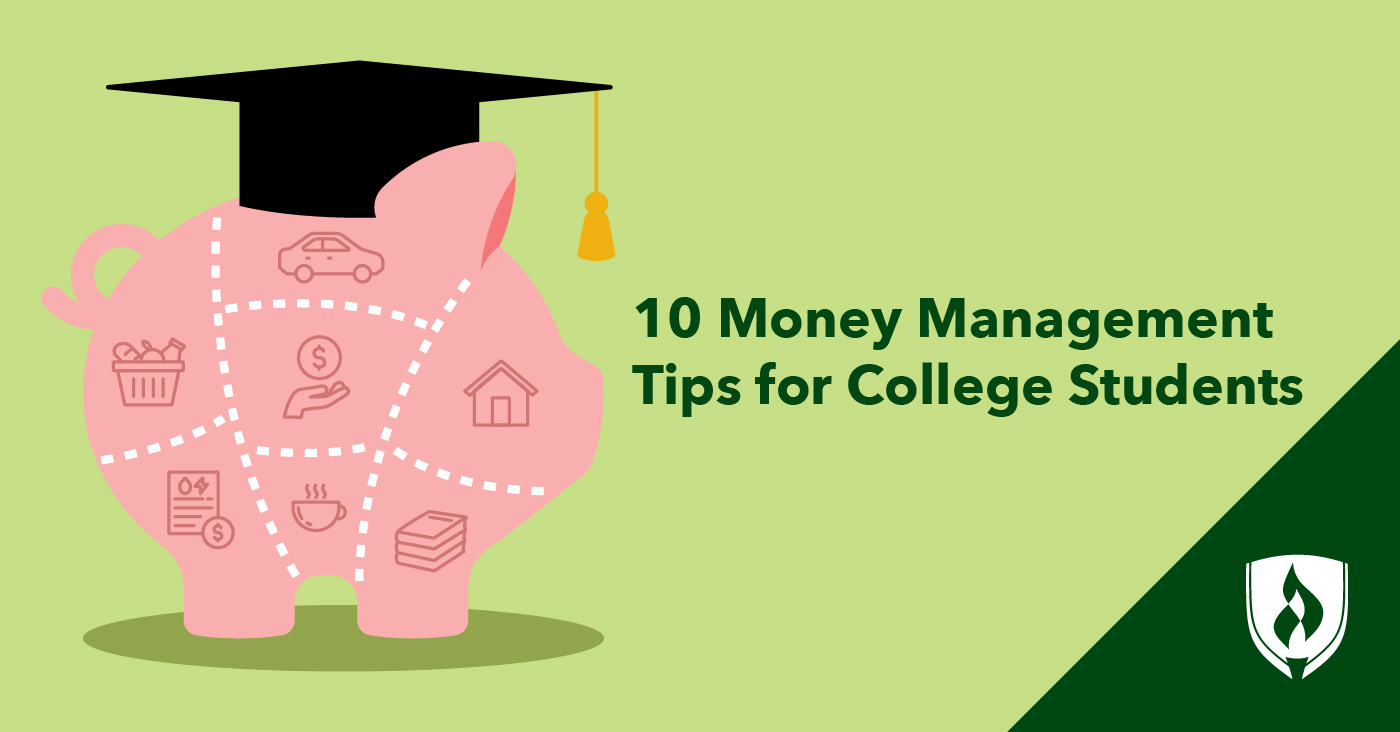Crafting a Machine Learning Career: A Roadmap for Aspiring Analysts
Machine learning has become a buzzword in the tech industry, and many aspiring analysts are looking to break into this exciting field. According to Valdarrama, a renowned expert in machine learning, the journey begins with a solid understanding of Python, the programming language that dominates the field.
Python is the language of choice for machine learning.
“Start with Python,” Valdarrama advises. “Every scientific research paper is written in Python, all libraries are in Python, and it’s the language we use to communicate in the AI community.” He recommends Udacity’s intermediate Python program for those with some prior knowledge, noting that a plethora of free tutorials are available online for complete beginners.
Understanding Python is not a one-time checkbox but a continuous learning process. Valdarrama emphasizes, “I started learning Python after 20 years of coding in other languages, and even now, I feel like I’ve just scratched the surface.”
Immersive Learning with Kaggle and Google
Once comfortable with Python, Valdarrama suggests diving into machine learning with Kaggle tutorials. These tutorials are concise and beginner-friendly, providing a gentle introduction to essential machine learning concepts. “The ‘Intro to Machine Learning’ tutorial on Kaggle is a great starting point,” he notes. Following this, the ‘Intermediate Machine Learning’ tutorial offers further insights and practical experience.
Kaggle provides an ideal platform for beginners to dive into machine learning.
The next step is the Google Machine Learning Crash Course, a comprehensive program consisting of 25 lessons spread over 15 hours. Originally designed to upskill Google’s own teams, this course is free and accessible, offering a robust intermediate-level education in machine learning.
Advanced Learning: Coursera Specialization
For those ready to tackle more advanced topics, Valdarrama recommends the Machine Learning Specialization on Coursera. This paid course requires a monthly subscription but provides in-depth knowledge and hands-on experience with more complex machine learning algorithms and mathematical concepts. “This specialization is more formal and includes rigorous math, making it a perfect bridge to advanced machine learning,” he explains.
Coursera offers a range of courses and specializations in machine learning.
Leveraging University Courses
Top universities, including MIT, NYU, and Cornell, have made their machine learning and deep learning courses available online for free. Valdarrama encourages students to take advantage of these resources, highlighting the MIT 6.S191 Introduction to Deep Learning and NYU’s Deep Learning course as excellent options.
MIT offers a range of courses and resources in machine learning and deep learning.
Essential Reading
Valdarrama also shares his top book recommendations for budding machine learning professionals:
- Hands-On Machine Learning with Scikit-Learn, Keras, and TensorFlow by Aurélien Géron: This book offers a comprehensive overview, from basic decision trees to advanced neural networks.
- Deep Learning with Python by François Chollet: Written by the creator of Keras, this book provides a full arc of a deep learning project, from data collection to deployment.
- Machine Learning with PyTorch and Scikit-Learn by Sebastian Raschka: This book focuses on PyTorch, another essential tool for machine learning engineers.
- Generative AI with LangChain, which covers using AI APIs and constructing AI workflows.
A curated list of essential reading for machine learning professionals.
Practical Advice for Learning
Valdarrama stresses the importance of solving real problems to learn machine learning effectively. He advises beginners to start with common datasets, such as the Titanic dataset or the MNIST dataset, to gain practical experience. “Work on problems that another 10,000 people have worked on before,” he says. “This way, you’ll find plenty of resources and solutions to help you when you get stuck.”
Sharing knowledge is another critical aspect of learning. Valdarrama encourages learners to find an outlet to explain what they’ve learned through blogging, social media, or video content. “Teaching others forces you to solidify your understanding,” he explains.
Following Curiosity
Machine learning is a vast field encompassing areas like computer vision, natural language processing, and time series analysis. Valdarrama advises students to explore broadly and then focus on the genuinely interesting areas. “Follow what makes you feel happy,” he says. “You’re more likely to become a specialist in a specific area rather than trying to master everything at once.”
With patience and perseverance, Valdarrama assures that a career in machine learning is within reach. His roadmap, filled with practical advice and rich resources, provides a clear path for those ready to embark on this exciting journey into the future of technology.


 Photo by
Photo by 











